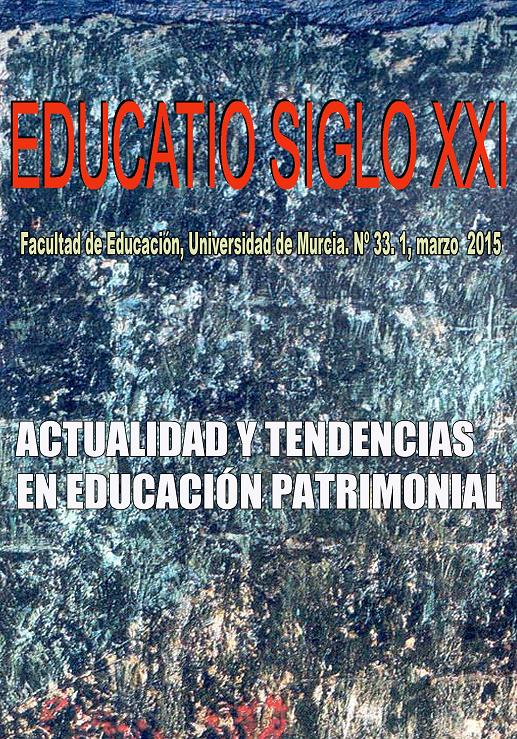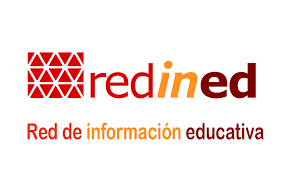Cinema and literature for learning basic skills: semiotic and educational links
Abstract
This article shows that the intertextual connection between cinema and literature promotes life-long learning among students of compulsory educational stages. This is due to the projection of the existing semiotic link between the two artistic disciplines towards the design of complex tasks of comprehension and oral, written and audiovisual expression with media coverage, where contextualised and strategic knowledge of the basic skills can be developed cooperatively. Thus it contributes to solving a problem traditionally inherent in school education: the specialisation cannon which imposes conceptual contents that are not only far away from the learners’ world but also only assessable by means of simple control tasks, whose linguistic and instructing model is unsustainable in the 21st century’s globalised
horizon that requires people to be trained to flexibly adapt themselves to a changing
and interconnected world. Therefore, here we suggest a methodology for research-action in the classroom that has been validated with innovative interventions made during three consecutive academic years in the stages of primary and secondary education, where, by means of traditional stories and recent films, a significant, constructivist and heuristic learning has been promoted. The creative hypertexts and didactic materials of this kind of learning have been published on the Internet and their empirical findings confirm this interdisciplinary work hypothesis.
Downloads
-
Abstract2194
-
PDF (Español (España))1063
Original work publishes in this journal is subject to the following terms:
1. Murcia University Press (the publishing house) holds the copyright of the publishes work, and favours and allows their reutilization under the use license stated in point 2.
© Servicio de Publicaciones, Universidad de Murcia, 2015
2. Work is published in the electronic edition under a license (Creative Commons Reconocimiento-NoComercial-SinObraDerivada 4.0 España (legal text). They can be copied, used, disseminated, transmitted and publicly presented, as long as: i) authorship and original publication source is acknowledged (journal, publishing house and URL of the work); ii) are not used for commercial purposes; iii) the existence and specifications of this use license is stated.
3. Conditions for self-archive. Authors are allowed and encouraged to disseminate electronically the pre-pint (before review) and/or post-print (accepted for publication) versions of their work before their publication since that favours earlier circulation and dissemination resulting in an increased chance for the authors to be cited and for the work to reach a bigger share of the academic community. Colour: RoMEO: green.







